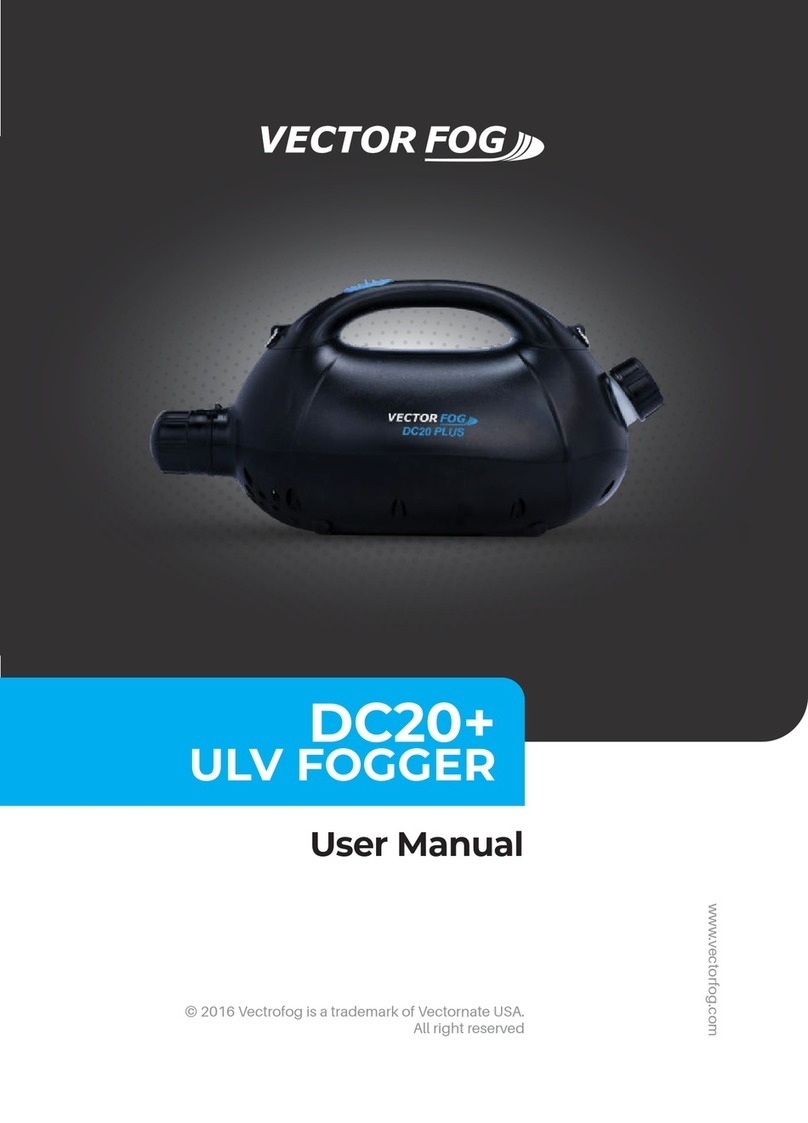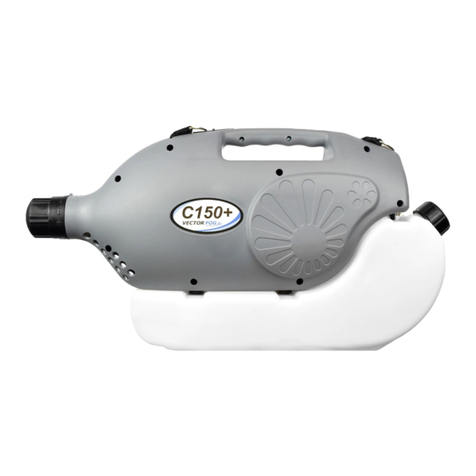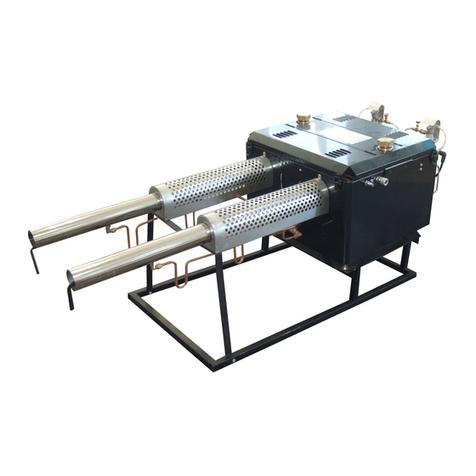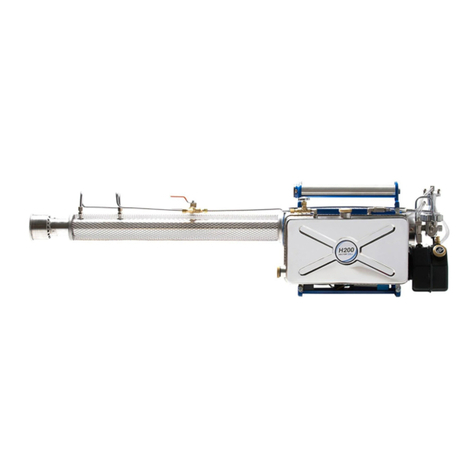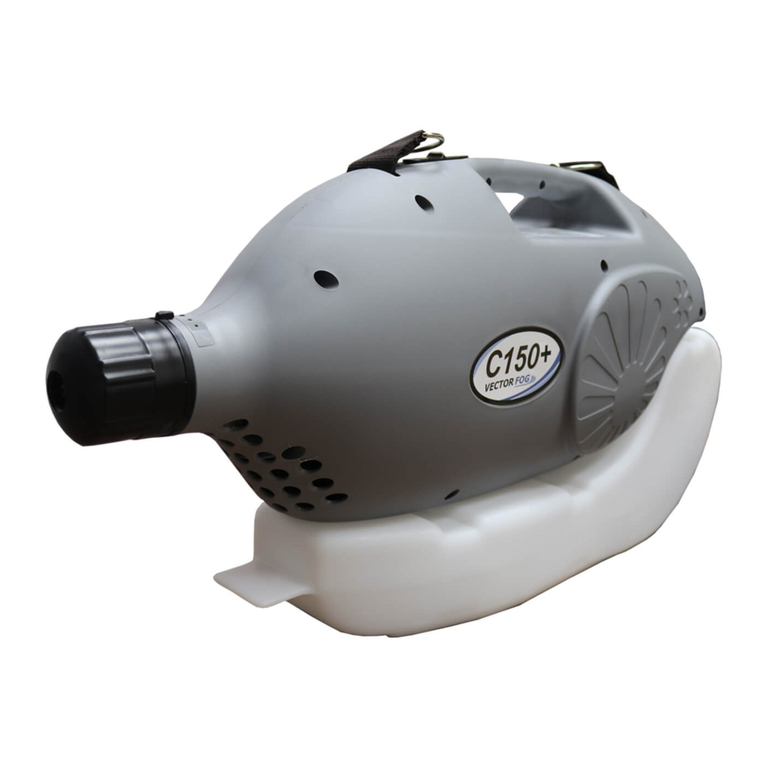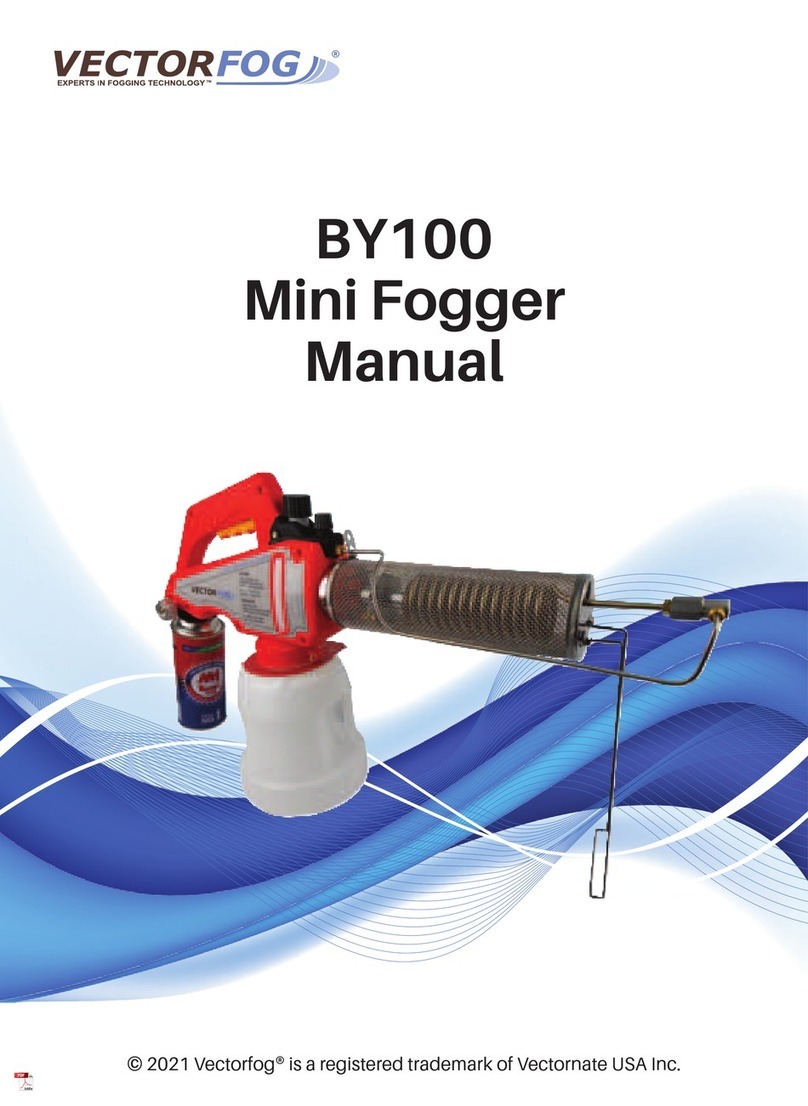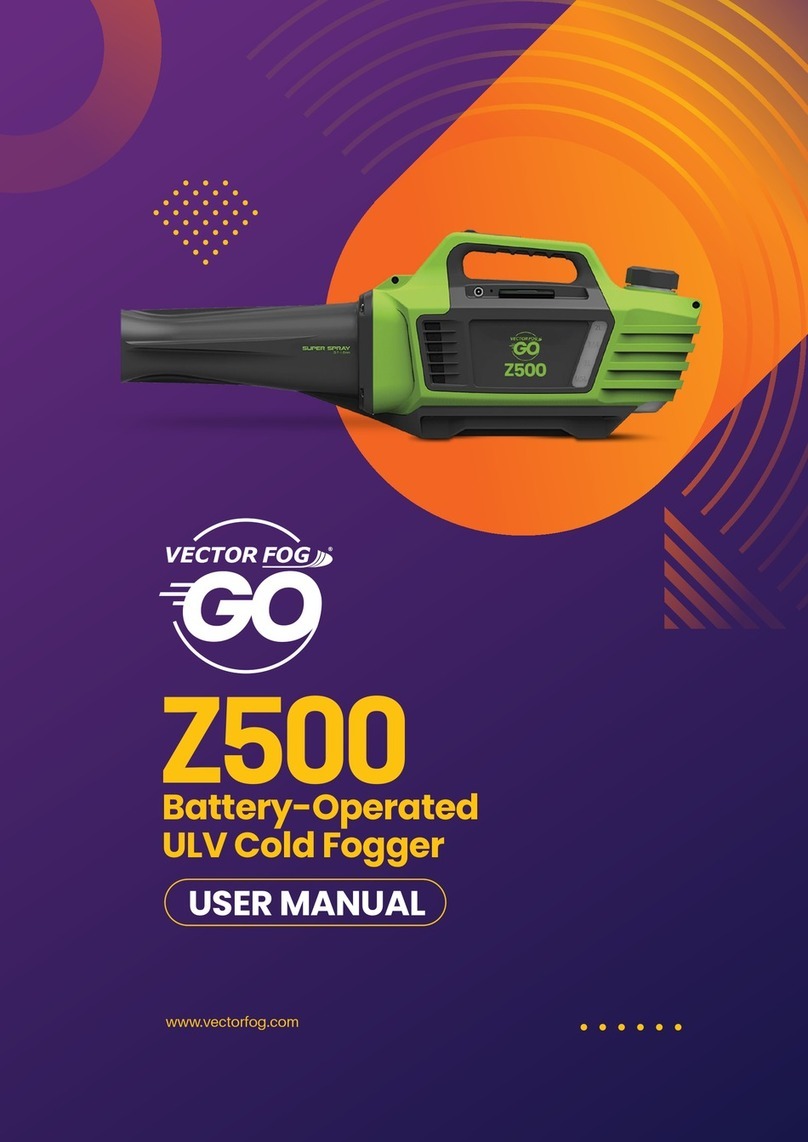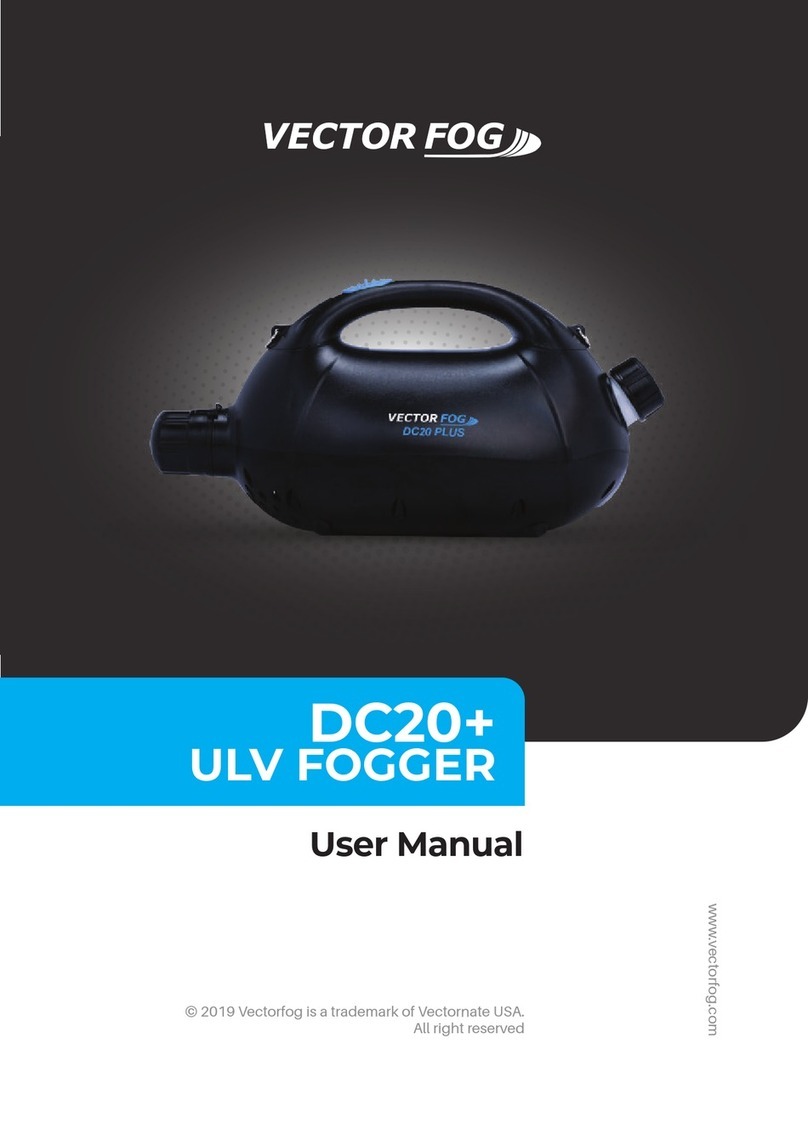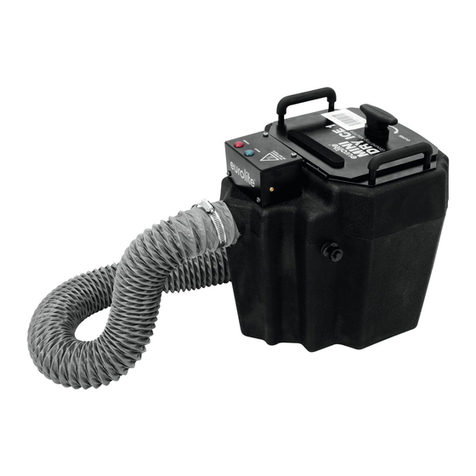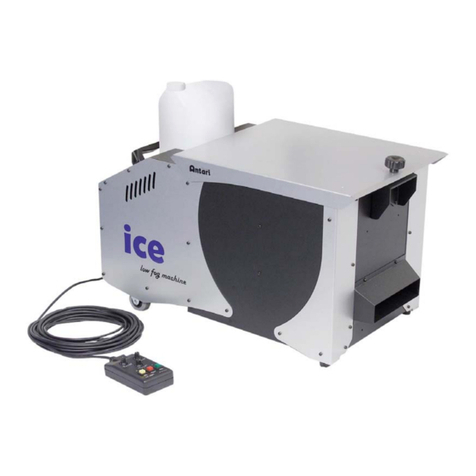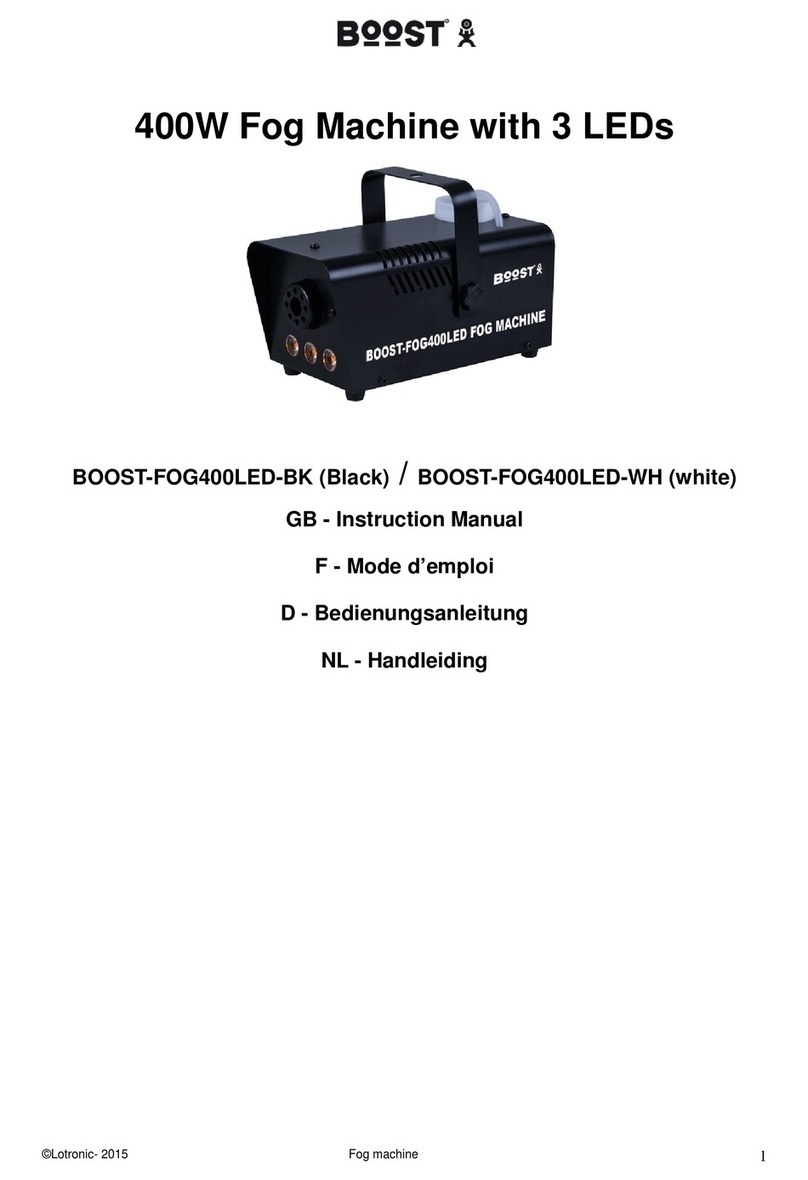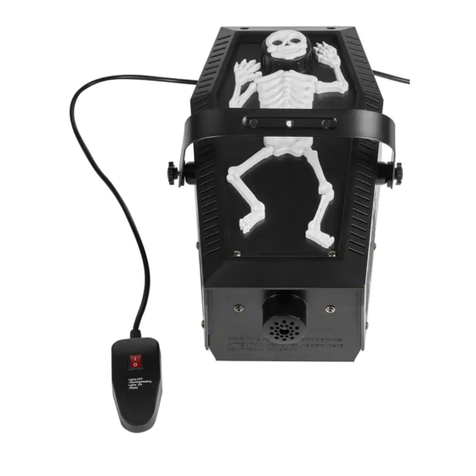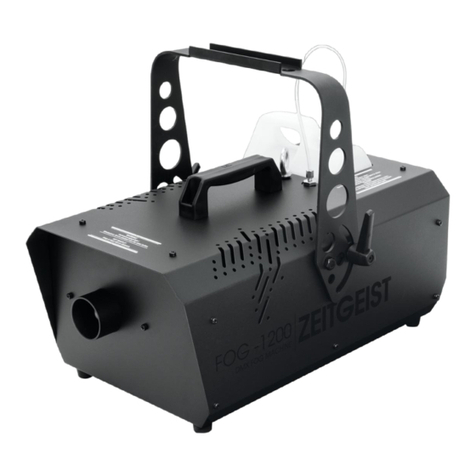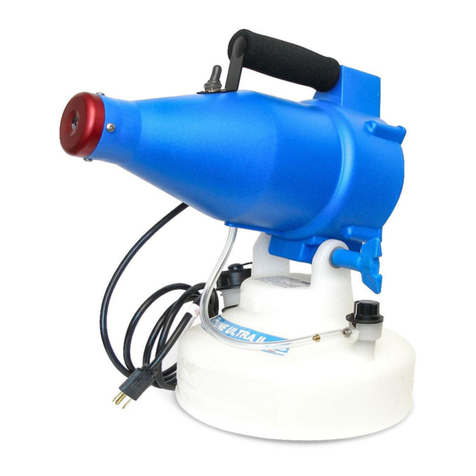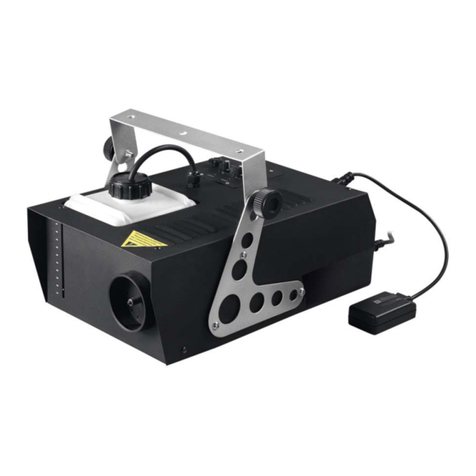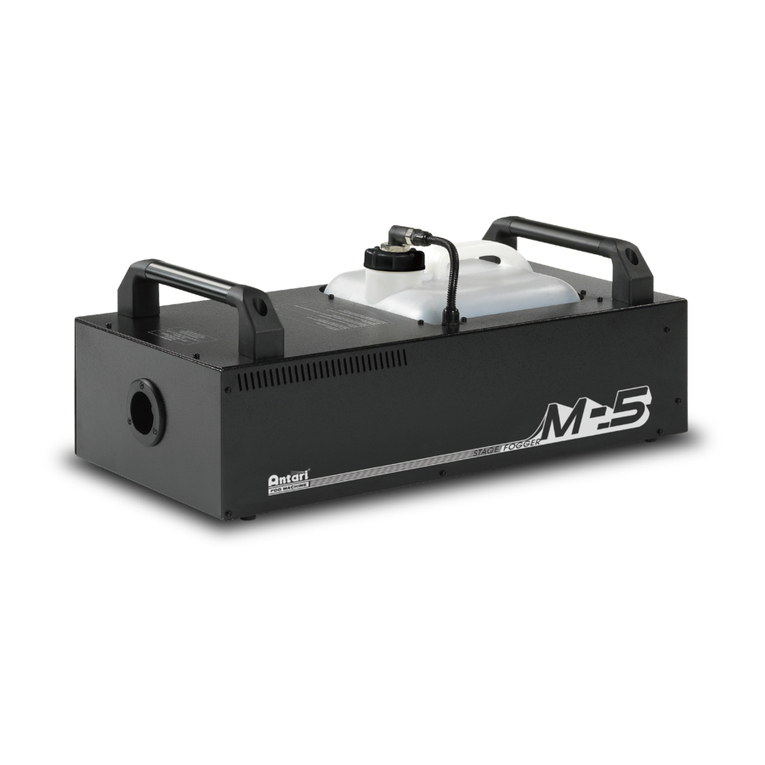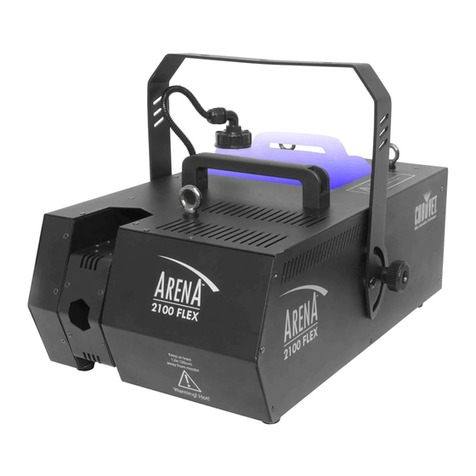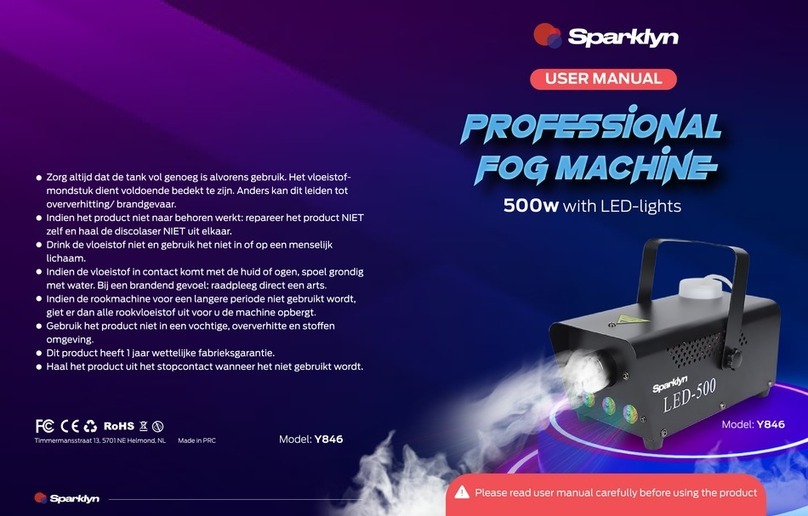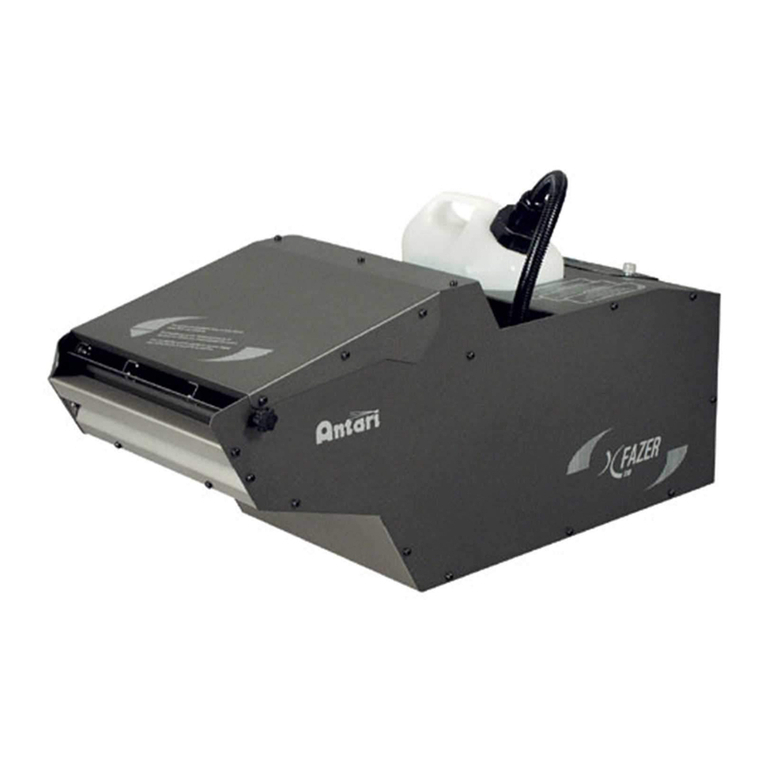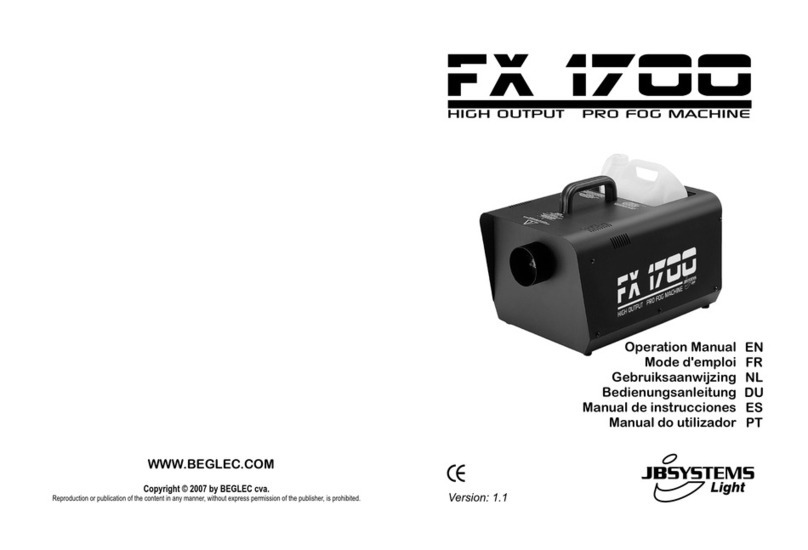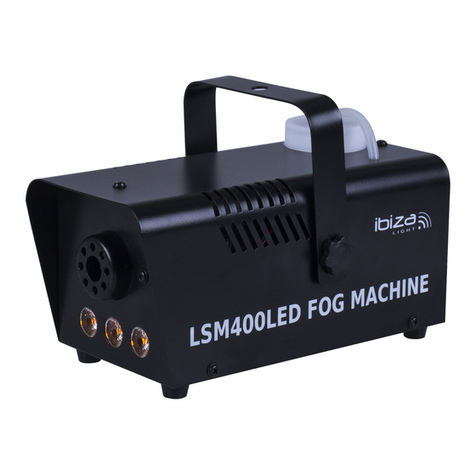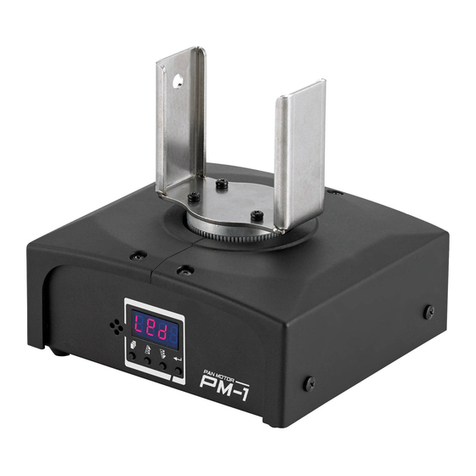
9
Check there is a spark coming from the spark plug:
Clean any carbon deposits in between the electrode and earth with a wire brush.
Check that there is a distance of 3.5 mm between the electrode and earth.
Check that the battery is fully charged.
Check that the battery and ignition coil are working. If necessary, replace the battery or coil
Clean the contacts and wires inside the battery case
Once these checks have been carried out, try starting the machine again. If the machine doesn’t start, replace plug.
• Check the fuel injector is not blocked.
Examine the fuel hose located on the side of the fuel tank to make sure it’s not blocked. Make sure the fuel tank is
full before starting the machine. Make sure the seal in the petrol cap is not damaged. Make sure the cap is firmly
closed to prevent leakage. Unscrew the fuel injector and examine that the injector hole is not blocked. If blocked,
clean with compressed air.
• Check the Petal Valve.
Remove the spark plug cap, filter and unscrew the carburettor. Examine the petal valve to see if it’s damaged. If it’s
damaged, replace petal valve. TIP: It’s important to assemble the parts of the carburettor in the order there where
disassembled. The distance between the petal valve and the valve plate o should be approximately 1 mm.
The machine is turned on, but the engine works intermittently or stops:
• Examine the fuel tank assembly to check for any leakages.
After pressing the start button, cover the tank and connections with soap to check for leaks. If bubbles are observed,
the gasket needs replacing on the fuel tank cap or the tank itself.
• Clean the resonator.
